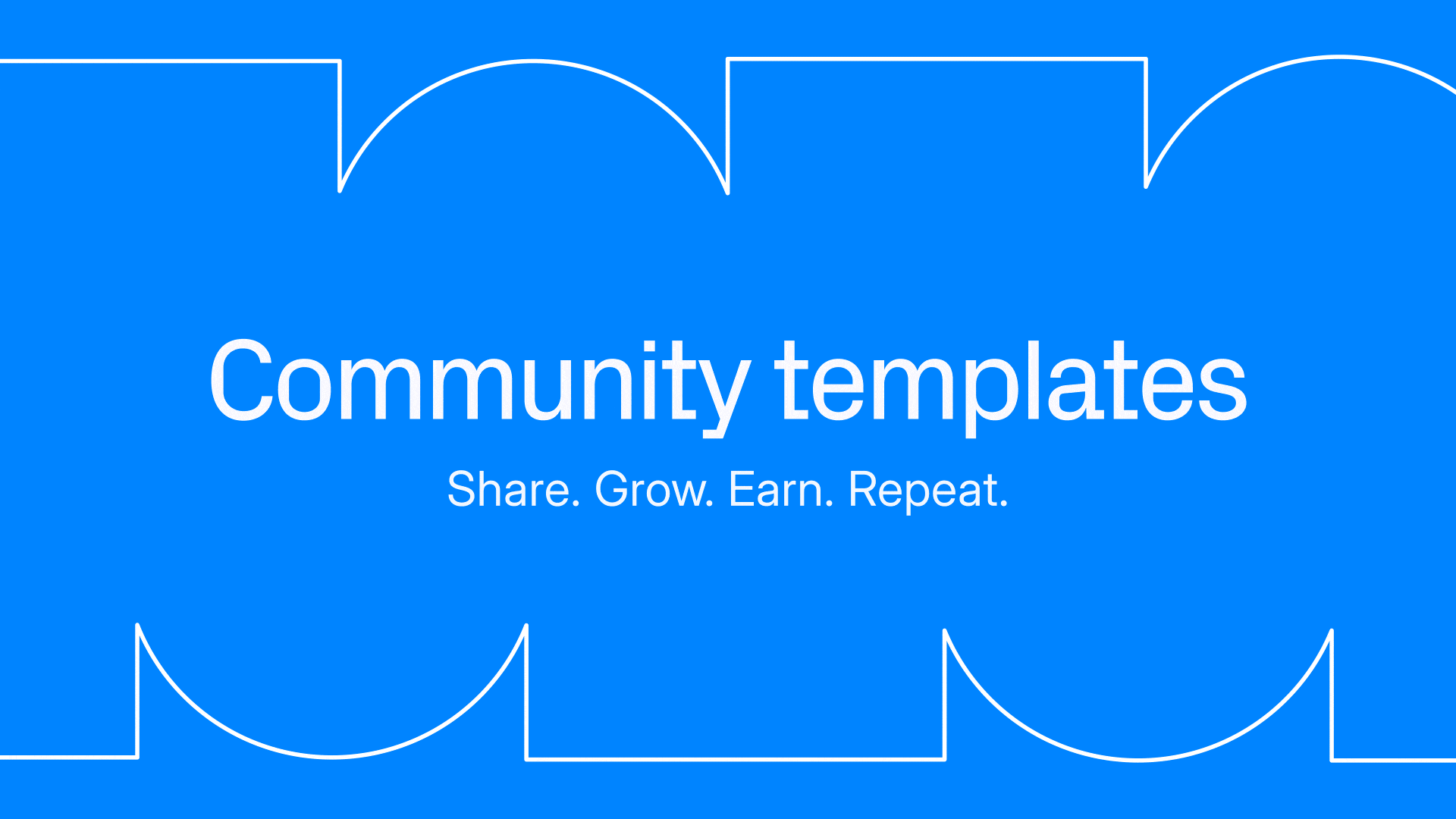Breaking things, battle scars, design superhumans, improving design critiques
Weekly curated resources for designers — thinkers and makers.
“What happens when your only future is being replaced? When the “user experience” we’re designing for is no longer human, but machines talking to machines?
It’s getting harder to imagine a world that values craft. Everything must be done faster, cheaper, and at scale. Brands blur together. The few who choose to create with care and intention often fade into the background, priced out by automation.
But not everyone’s given in. Across the Internet, there are still creators building the old way, like artisans who carve wood by hand, using tools passed down through generations, sometimes mixing them with modern ones. The process still matters.”
An ode to breaking things →
By Luis Hermosilla

Turn your Readymag websites into Community templates to share & sell →
[Sponsored] Publish templates that others can reimagine while growing your professional reach. Share them or sell them: either way, Readymag gives you a platform to showcase your templates to fellow creatives and potential clients without taking a cut.
Editor picks
- Did AI kill the system’s thinking skills in UX? →
When complex design thinking becomes obsolete.
By Kike Peña - How would Nietzsche redesign Instagram if he were Zuckerberg? →
Why Silicon Valley has a weird Nietzsche obsession.
By Bas Wallet - Why UX designers should care about model context protocol →
When the experience goes outside the application.
By Erik Fadiman
The UX Collective is an independent design publication that elevates unheard design voices and helps designers think more critically about their work.

Penguin’s new Inclusive Sans font →
Make me think
- Self censorship is actually good →
“Watching your words and how they might affect people around you is a pro-social exercise that should be encouraged in every facet of modern life. Instead of flooding the home or the workplace or your social gatherings with toxicity, you should monitor your inner dialogue and filter out the parts that will hurt people based entirely on their immutable traits.” - Why are we lying to young people about work? →
“We tell them that if they just find their passion, work will magically transform into endless joy, as if difficulty is just a symptom of being in the wrong job rather than an inevitable part of doing anything worthwhile. As if work were some unfortunate byproduct of insufficient enthusiasm rather than the very engine of human flourishing.” - Reflections on OpenAI →
“Of course, everything breaks when you scale that quickly: how to communicate as a company, the reporting structures, how to ship product, how to manage and organize people, the hiring processes, etc. Teams vary significantly in culture: some are sprinting flat-out all the time, others are babysitting big runs, some are moving along at a much more consistent pace. There’s no single OpenAI experience, and research, applied, and GTM operate on very different time horizons.”
Little gems this week

Portfolios look nice, but battle scars tell the real story →
By Ian Batterbee

AI tools + AI fluency + human advantage = AI-native designer →
By Sharang Sharma

From UX designer to digital design superhuman →
By Marcelo Ordenes
Tools and resources
- Improving design critiques →
Critiques are essential to high-quality work — yet many teams struggle.
By Jeremy Bird - Color formula →
A practical framework for dynamic colors.
By Jinson Johny - When to skip deep research →
How to make informed decisions without deep research.
By Mary Hashemi
Support the newsletter
If you find our content helpful, here’s how you can support us:
- Check out this week’s sponsor to support their work too
- Forward this email to a friend and invite them to subscribe
- Sponsor an edition
Breaking things, battle scars, design superhumans, improving design critiques was originally published in UX Collective on Medium, where people are continuing the conversation by highlighting and responding to this story.
This post first appeared on Read More

